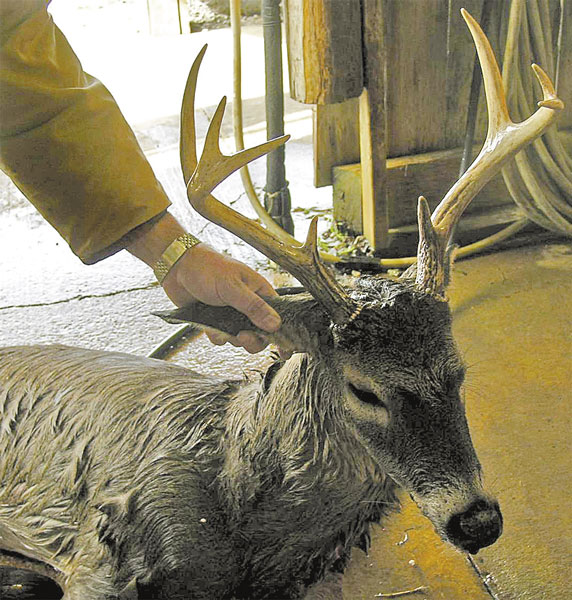

One reason for this is that the birth date of a buck can greatly impact the variation of antler the buck will display. While passing on a yearling might seem like a foolproof way to ensure the likelihood of seeing larger antlers the next season, a buck's age cannot guarantee perfect trophy bucks in just four years of management.
#Spike deer development full#
Allowing a buck to age just one more year will result in his antlers possibly doubling in size, reaching up to half their full potential in just two years! At three years their antlers jumped in size again, reaching about three-quarters of their maximum size.Ĭlearly, not harvesting young bucks and allowing them to grow older is a critical component of any deer management program designed to increase antler size. At that time, the antlers will be 10-25 percent of their maximum future size. However, a buck's first set of antlers seen by hunters come in at one year of age. It takes a buck about six years to reach maximum antler size. Prevalence of antler buttons in enclosed populations with supplemental feed has varied from 20% in Mississippi (Jacobson 1995) to 84% in Michigan. The first readily seen antler grows during a buck's first full calendar year of life, but larger fawns may produce small, hardened "buttons" their first winter. Of the three factors influencing antler characteristics, age is the simplest to manipulate in a deer management program designed to increase antler size. AgeĪge is one important factor that influences antler size. For more details on these factors: Managing for Antler Production. Most applied deer management gets complicated when applying these fairly simple biological facts to the complex reality of real-world management. Taken individually, each of these factors has clear impacts on antler growth. Antler Size Depends on Age, Nutrition and GeneticsĪge, nutrition, and genetics clearly have significant impacts on antler development of white-tailed deer.


 0 kommentar(er)
0 kommentar(er)
